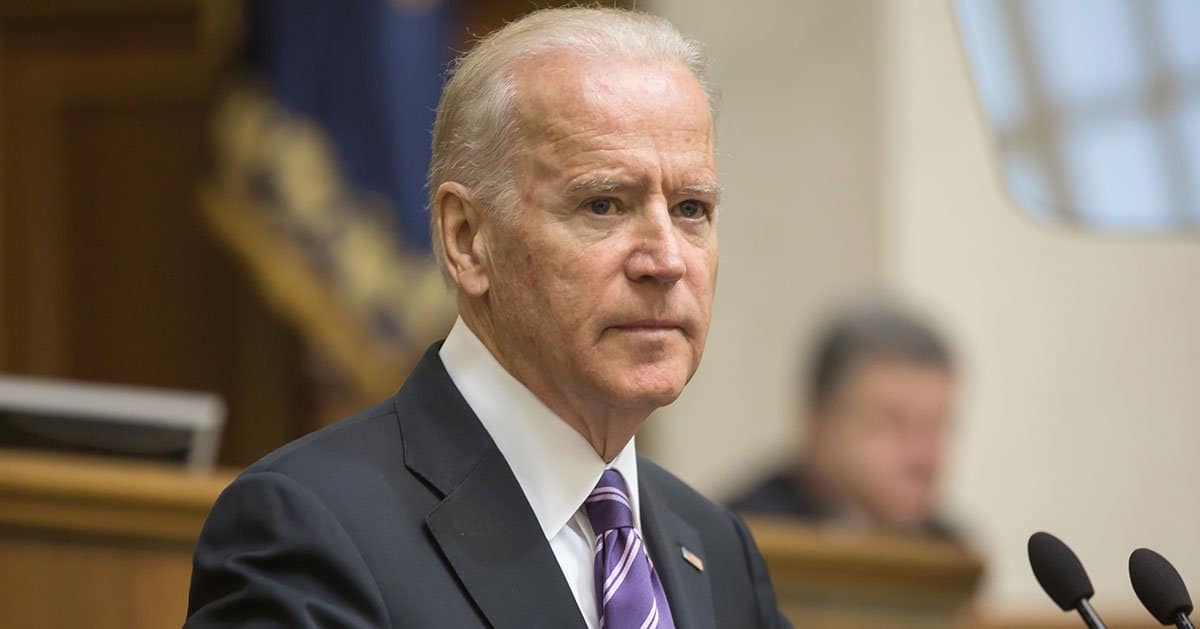




A chaotic scene unfolded at a Southern California surgery center when hospital staff physically intervened to block Immigration and Customs Enforcement (ICE) officers from arresting an unauthorized migrant.
Breitbart reported that the incident, marked by accusations of "kidnapping" and locked doors, has reignited debates over immigration enforcement in sensitive locations. The Department of Homeland Security (DHS) stands firm, defending the officers’ actions as lawful and justified.
On Tuesday, ICE officers targeted two unauthorized migrants near the Ontario Advanced Surgery Center, about 30 miles east of Los Angeles, in a planned enforcement operation.
Denis Guillen-Solis, a Honduran migrant, fled on foot, leading officers toward the medical facility. Hospital staff, in a bold move, escalated the situation by dragging both Guillen-Solis and an officer inside.
The staff’s actions didn’t stop at interference; they locked doors and blocked ICE vehicles, effectively stalling the arrest. DHS reports that staff even called local police, claiming a “kidnapping” was in progress. Such theatrics, while dramatic, only muddle the enforcement of federal law.
ICE officers, wearing marked bulletproof vests, approached the targets as they exited a vehicle, according to DHS. Claims from the Inland Coalition for Immigration Justice that officers failed to identify themselves don’t hold water when vests are standard protocol. The advocacy group’s narrative seems more about stirring sympathy than stating facts.
Javier Hernandez of the Inland Coalition claimed Guillen-Solis was merely a gardener working outside the facility. Yet, his sprint from ICE suggests more than an innocent landscaper caught off guard. Romanticizing the situation ignores the reality of evading federal authorities.
Inside the surgery center, staff in scrubs demanded a warrant and physically shielded Guillen-Solis from an agent. “Get your hands off of him. Let him go,” one staffer shouted, as captured in a video posted by the Associated Press. Such defiance, while passionate, crosses into obstructing justice.
The staff’s claim of a “kidnapping” is particularly rich, given ICE’s clear identification and legal authority. Calling the police to report federal officers as criminals flips the script in an almost cinematic way. It’s a tactic that thrives on confusion, not clarity.
The nursing website nurse.org notes that hospitals lost their “sensitive location” status, a policy shift from 2011 undone by the Trump administration.
This change means medical facilities are no longer off-limits for immigration enforcement. Staff resistance, then, seems less about policy ignorance and more about ideological opposition.
Southern California has become a hotspot for immigration-related confrontations, with recent protests turning violent.
A riot in downtown Los Angeles last month prompted President Donald Trump to deploy the National Guard. These incidents reflect a region on edge, where enforcement actions spark immediate backlash.
In another recent clash, Los Angeles Mayor Karen Bass intervened when protesters confronted Border Patrol at MacArthur Park. She demanded that agents and a military unit leave, citing the presence of children in an area known for drug activity. Her stance, while protective, glosses over the park’s less wholesome reputation.
Protesters also clashed with federal authorities at a Ventura County marijuana farm employing unauthorized migrants.
These recurring confrontations highlight a broader resistance to immigration enforcement in the region. It’s a pattern that prioritizes optics over order.
The Ontario incident underscores the challenges ICE faces in executing lawful arrests. Hospital staff’s actions, while framed as humanitarian, disrupted a targeted operation and endangered officers. Empathy for migrants shouldn’t translate into physically obstructing federal duties.
DHS’s response was clear: “The staff attempted to obstruct the arrest by locking the door, blocking law enforcement vehicles from moving.” Their account paints a picture of deliberate interference, not a misunderstanding. Excusing such behavior risks normalizing defiance of federal authority.
The Inland Coalition’s video commentary pushes a narrative of victimhood, but Guillen-Solis’s flight from ICE tells a different story. Advocacy groups often blur the line between compassion and enabling lawbreaking. True empathy would focus on legal pathways, not confrontations.



